Since male sperm counts have decreased by 50% over the last decades, male infertility is becoming a more significant public health issue.
Researchers have been examining many environmental elements and their possible impact on sperm quality in an attempt to find answers. They could consist of:
- radiation exposure
- endocrine disruptors
- lifestyle habits
Radiation Exposure from Mobile Phones
Mobile phones have become an integral component of our life. However, cell phones produce low-level radiofrequency electromagnetic fields, or RF-EMF. According to the study, if those cell phones emit at maximum strength, adjacent tissue can be heated by up to 0.5 degrees Celsius (33 degrees Fahrenheit).
How Mobile Phone Usage Patterns Influence RF-EMF Exposure
Cell phones are constantly sending and receiving signals, and they will receive and send more intense signals when they are used. But, especially with today's cell phone, the signal will change depending on whether you're speaking or providing data.
According to the California Department of Public Health, radiofrequency electromagnetic fields are substantially reduced when texting and highest when downloading large files, streaming audio or video, having just one or two bars shown, or being in a fast-moving bus, car, or train.
Research Findings on Mobile Phone Use and Sperm Quality
A 13-year study by the University of Geneva and the Swiss Tropical and Public Health Institute found a link between smartphone use and lower sperm concentration and total sperm count (TSC) in young men. The results were just reported in Fertility & Sterility.
Study Methodology and Participant Information
Researchers recruited 2,886 men aged 18 to 22 from military recruitment sites between 2005 and 2018. The study periods ran from 2005 to 2007, 2008 to 2011, and 2012 to 2018.
The laboratory professionals collected sperm samples and measured their concentration, total sperm count (TSC), and motility. They were also asked about the duration and frequency of their mobile use, as well as where they stored their phones while not in use.
A total of 2,866 men were physically checked for genital anatomy, testicular volume, weight, and height, and they also provided semen samples for the study. Semen analysis was performed in accordance with World Health Organization (WHO) recommendations to measure sperm concentration, TSC, motility, and morphology.
Key Findings on Sperm Concentration and Total Sperm Count (TSC)
The Kruskal-Wallis test, Chi-square test, as well as adjusted logistic and linear regression models, were used in the statistical analysis. A sensitivity analysis was also done, which excluded men with azoospermia (1%). The study divided individuals into five groups based on their frequency of cell phone usage.
Men who reported using their phones once weekly had significantly greater median sperm concentration than those who used them more than 20 times a day.
They had a 21% reduction in sperm concentration and a 22% decrease in TSC compared to those who used them less often (less than once a week).
Furthermore, these individuals were more likely to have sperm concentrations and TSCs lower than the WHO-recommended value for fertile males. Men who used mobile phones 5-10 times a day had a considerably increased risk of having a lower-than-WHO-reference sperm concentration than those who used them very occasionally during the day or week.
Results remained unchanged even after men with azoospermia had been removed from the research.
Does Cell Phone Radiation Have Long-Term Effects?
The researchers collaborated on this large-scale, cross-sectional study of cell phone use and sperm quality. Over a decade, they collected data on thousands of Swiss men.
The reliance on self-reported data presents a serious disadvantage. To address this in future research, the authors conducted another study in which participants downloaded a smartphone application.
This study focused exclusively on males aged 18 to 22. The impact of radiofrequency electromagnetic fields (RF-EMF) emitted by cell phones on older men has not yet been investigated.
Recommendations for Minimizing EMF Exposure
Consider using EMF radiation protection products, utilizing products designed to reduce EMF exposure can mitigate potential risks. Bodywell®, for instance, offers EMF radiation protection products that are proven effective through rigorous testing. Key benefits of using Bodywell® include:
- Thermal Reduction: Bodywell® products can reduce thermal absorption by up to 20%, helping to minimize heat-related effects from EMF exposure.
- Reduction in SAR: Bodywell® products have demonstrated an 80% reduction in SAR, significantly lowering the amount of radiation absorbed by the body.
- PH Recovery: Prolonged EMF exposure can disrupt the body's pH balance. Bodywell® products help recover pH levels by 100%, maintaining the body's natural equilibrium.
it is wise to take practical precautions to minimize exposure, particularly for vulnerable groups like children and pregnant women.


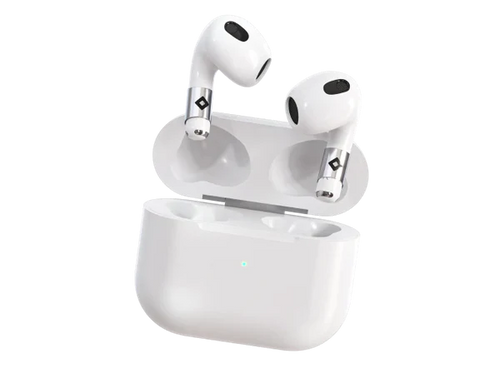


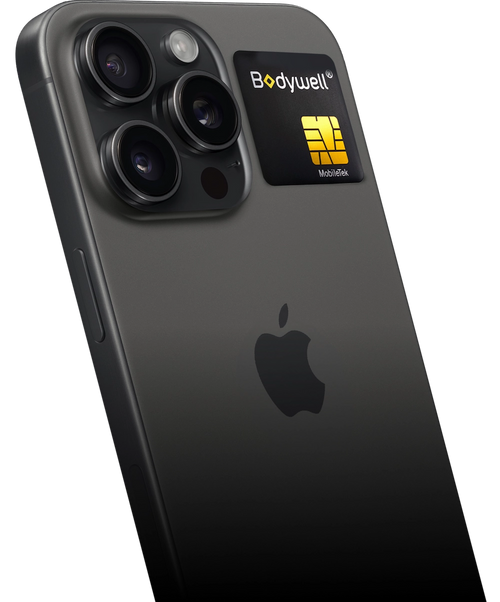
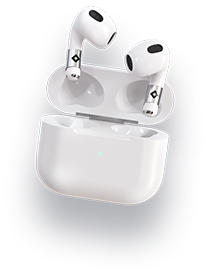

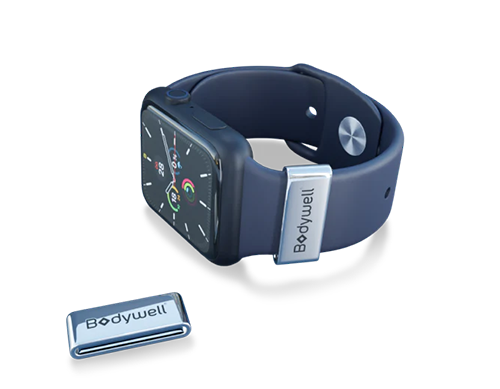








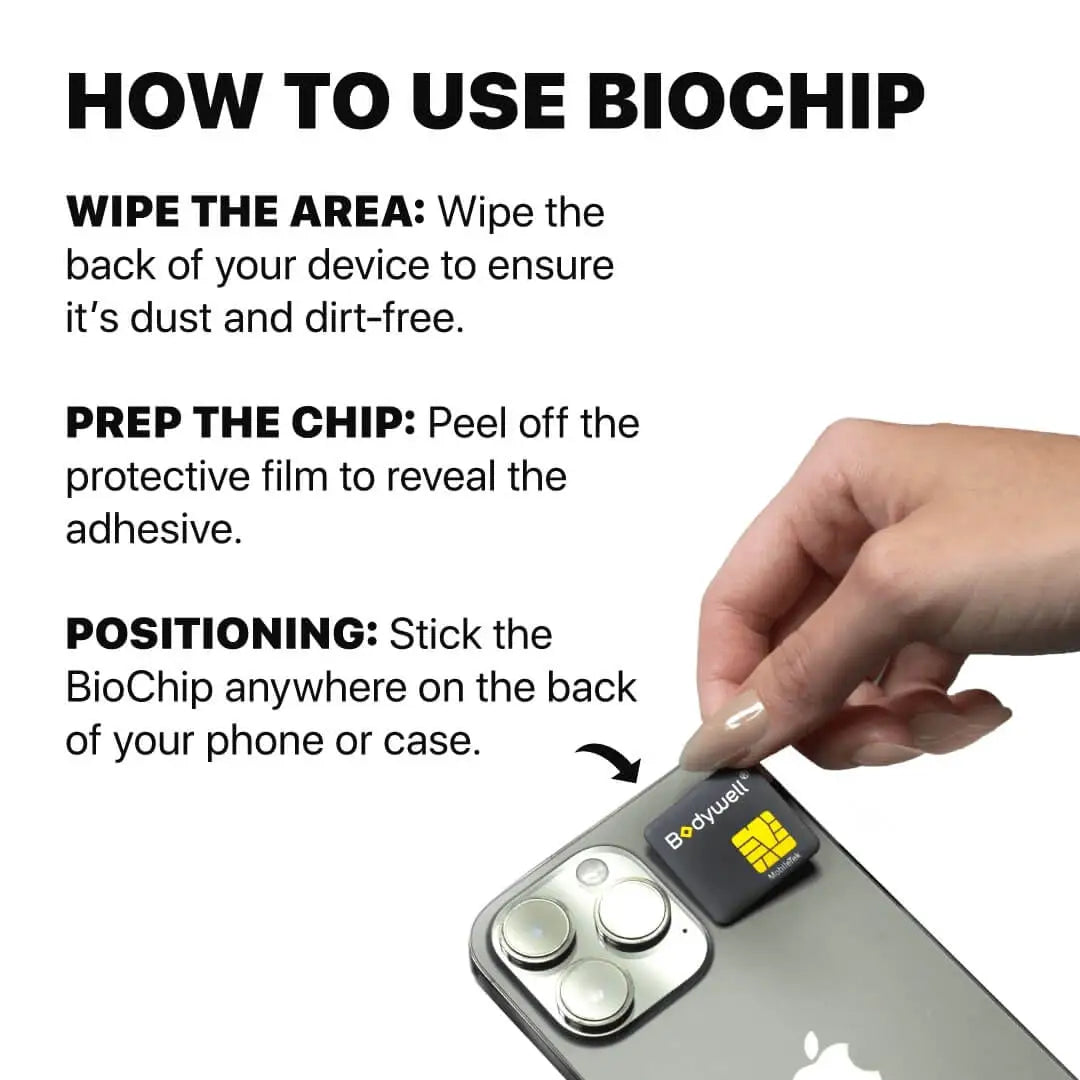
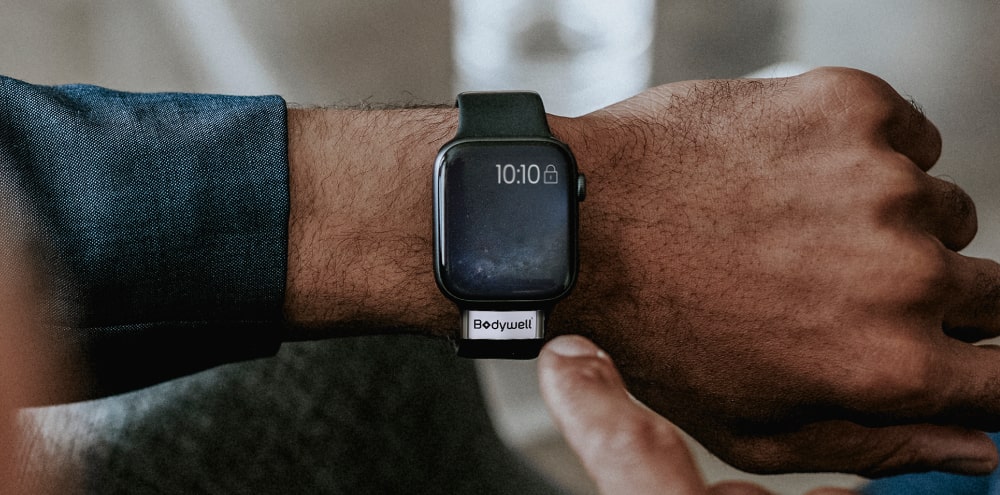
Leave a comment
This site is protected by hCaptcha and the hCaptcha Privacy Policy and Terms of Service apply.